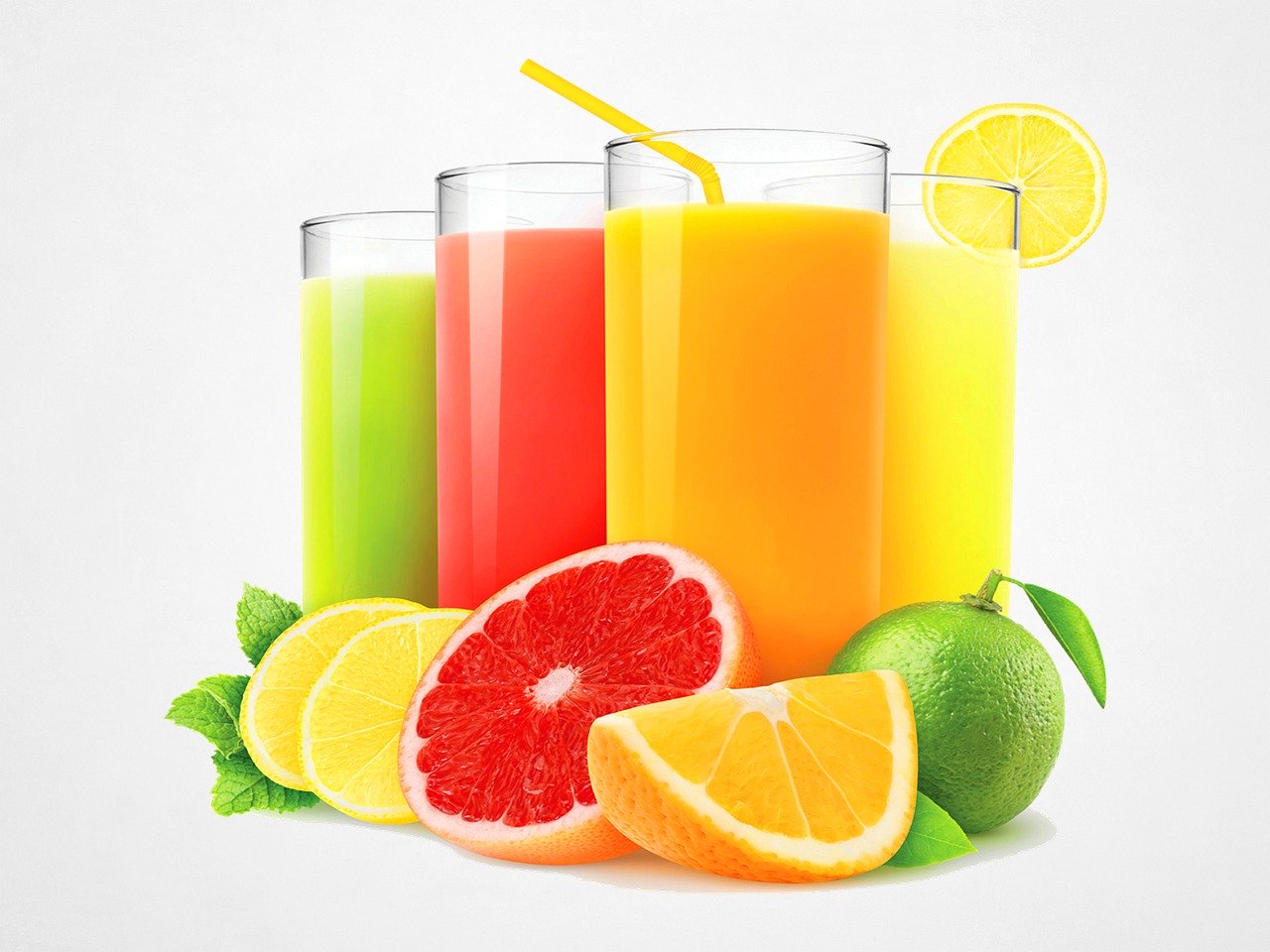In December 2018 researchers from the Russian Federation published the results of their study to assess the level of phthalates, a persistent organic pollutant in the environment, in domestic juice products. Results of the analysis revealed the presence of 11 out of the 13 phthalates studied in levels ranging from 0.4 up to 59.26 mg/dm3. The highest level of phthalates was found in fruit juices with pulp (ranging from 31.9-59.26 mg/dm3; tetrahedral package) and the lowest level in flavoured beverages (0.4 mg/dm3; polyethylene terephthalate packing). Most samples contained between 3 to 8 phthalates, with the level of individual phthalates ranging from 0.4-5.82 mg/dm3. The most common phthalate identified was di-n-octyl phthalate which was found in 100% of samples, followed by dinonyl phthalate and di (2-ethylhexyl) phthalate which was identified in 70-80% of samples. The maximum pollution density of the juice samples was noted for di-n-octyl phthalate, di (2-ethylhexyl) phthalate, diisononyl phthalate and diisobutyl phthalate.
Zaytseva NV et al. Determination of phthalates in juice product by high-performance liquid chromatography/mass spectrometry. Vopr Pitan. 2018;87(6):117-124 (Translated from Russian)

